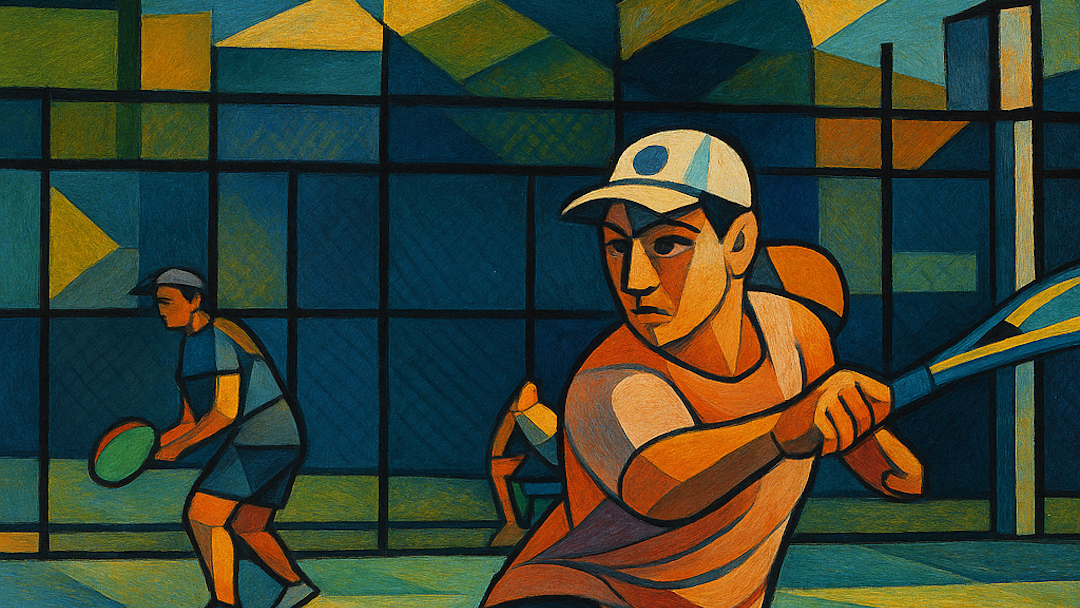Tennis Hits the Books
This week’s book on how to play doubles in tennis is one that I forgot that I owned when this series was originally mapped out. Last weekend it came tumbling off the shelf at me when I was looking for another unrelated book. The sting of the book was experienced on multiple dimensions. In addition to literal physical impact, it brought on the realization that my anticipated break from the topic of tennis doubles had extended an additional week. I would also be remiss if I failed to mention that the double exclamation point at the end of the title offends my sensibilities.
Unlimited Doubles!! by Steve Tourdo presents a “SYSTEM” for out-playing your opponents in tennis. The fact that system is capitalized and in quotations is courtesy of the author or the publisher. It is either an excessively long subtitle or a large blurb of marketing on the cover. The fact that it ends with GUARANTEED, also capitalized, has me leaning toward the marketing interpretation.
The book presents a “Point Control System” of eight fundamental building blocks of doubles point construction. Those blocks are well organized as a series of lessons. Four additional lessons stitch the building blocks together into tactical point play. Each lesson outlines the objective and implementation details of each building block. The lessons all conclude with a drill for practicing the skill.
Tourdo is up front that he is striving for simplicity in this book. He outlines how many players regard tennis doubles as the tactical equivalent to chess, but it is his opinion that it is more like tic-tac-toe. Unlimited Doubles!! teaches a simple series of shot sequences that are repeated over and over. In his system, the difference between winning and losing lies within the execution.
As an example of simplicity, when returning serve, Tourdo indicates that the returner has five basic targets for where to aim the ball: crosscourt, down the line, up the middle, and lobs to either side. My visceral reaction was to enumerate several more shot options. For example, a crosscourt return could be a drop shot, a sharp short angle, a dipper at a charging server’s feet, or a deep drive to the corner.
Tourdo does an effective job identifying and preaching good fundamentals of doubles throughout this book. Closing to the net and the importance of the split-step are recurring themes. He also provides a good explanation of how good anticipation involves movement in that period of time when the ball is moving away from the player that hit it before the opponents make a play on the ball. Consistency is at the core of the philosophy presented in the book.
Unlimited Doubles!! presents a simple fundamental approach to the game that is probably best suited for players that are first learning to play the game of doubles. It maps out the essential skills required for effective play. It enumerates the skills that players must master before moving on to more advanced doubles tactics.
 | Unlimited Doubles!!: Finally… A “SYSTEM” for out-playing your opponents in tennis. Anytime. Anywhere. GUARANTEED. |
Fiend At Court participates in the amazon associates program and receives a paid commission on any purchases made via the links in this article. Additional details on the disposition of proceeds from this source are available in the “About Fiend at Court” page.



